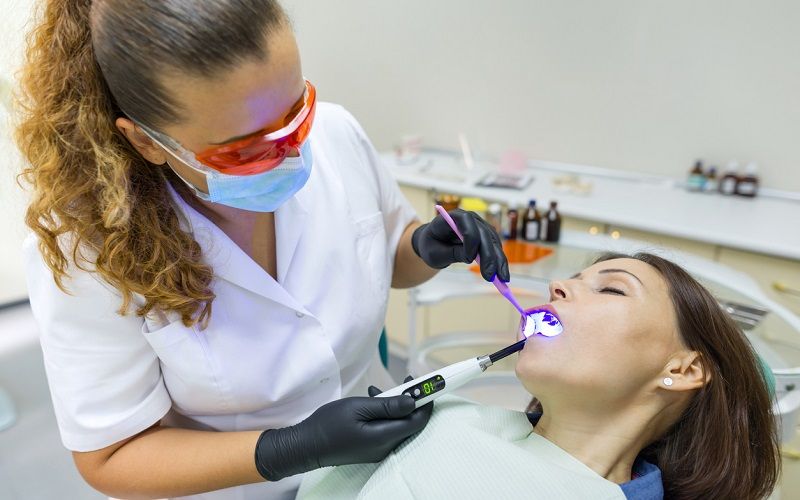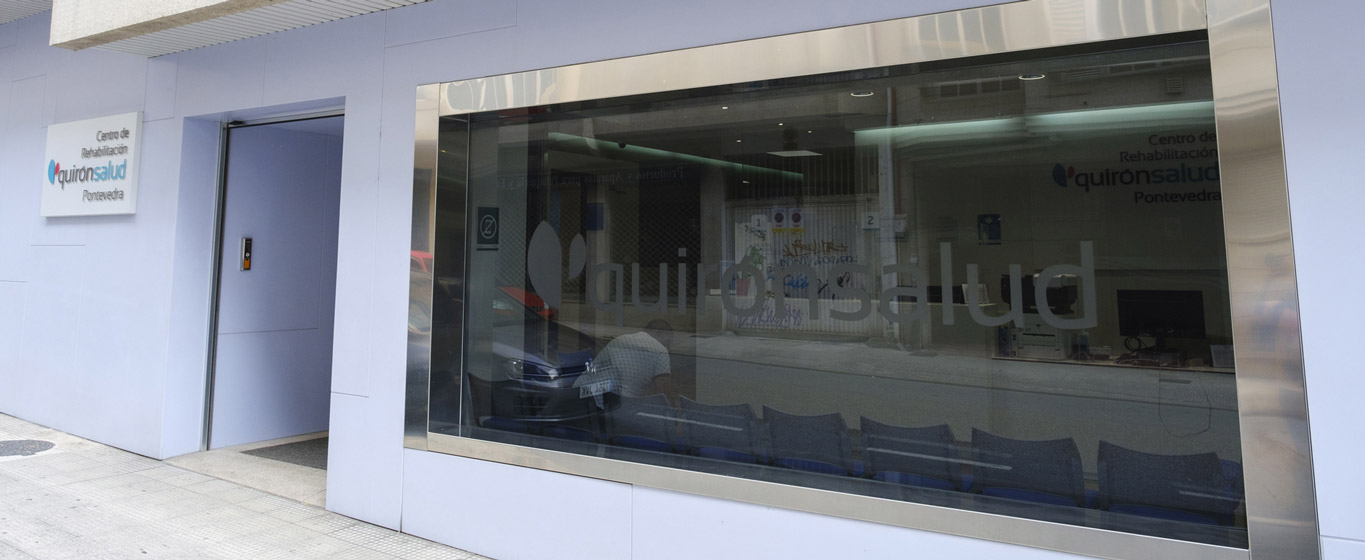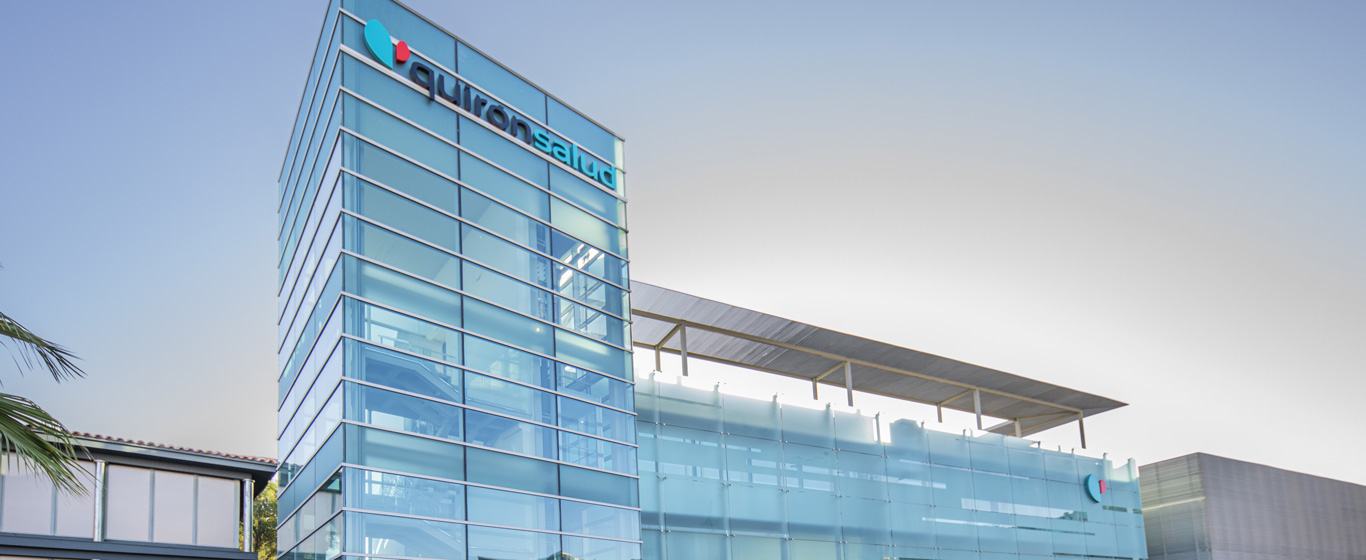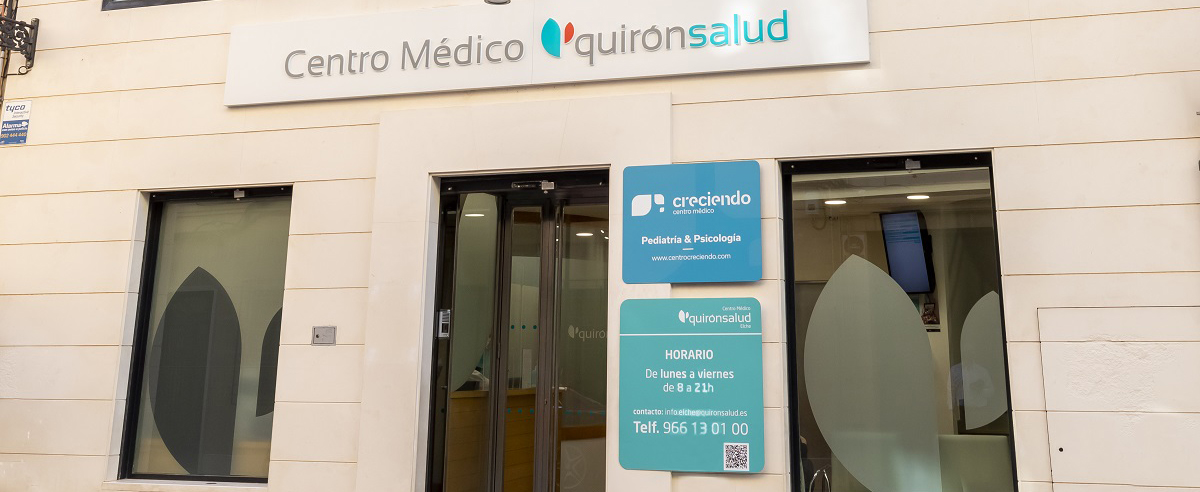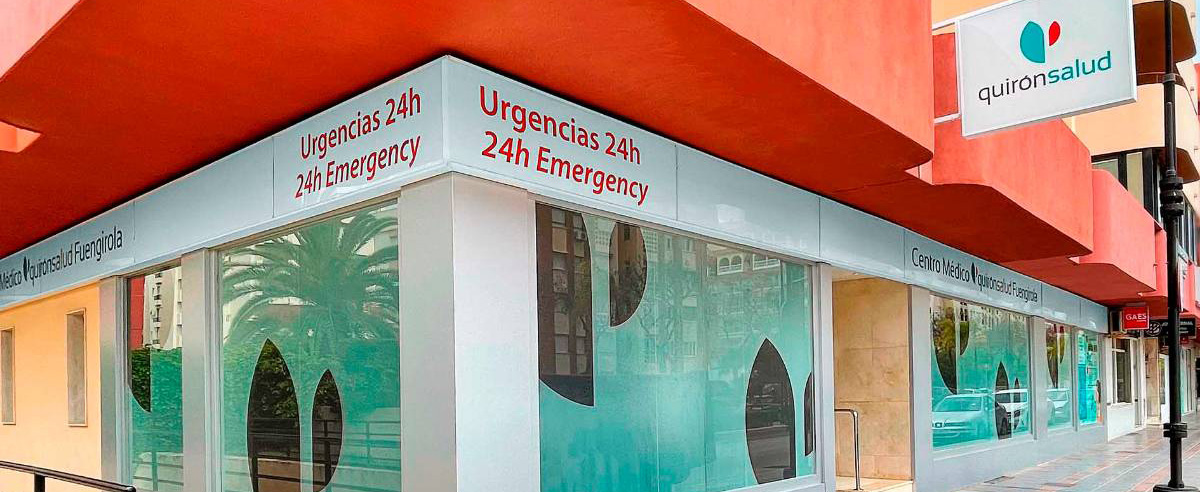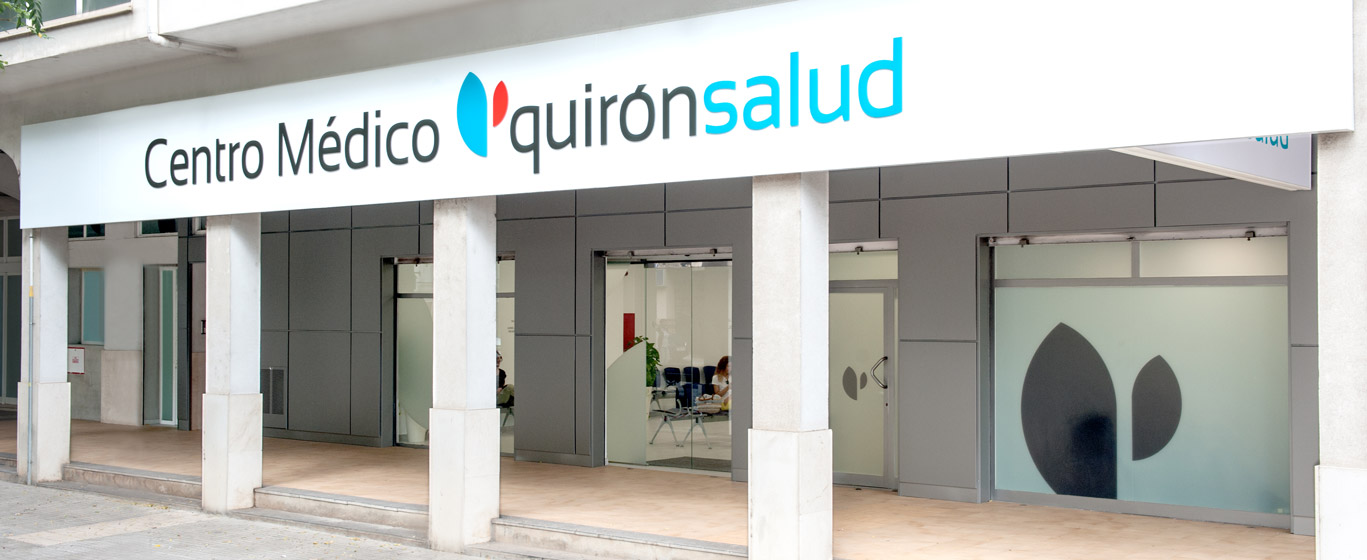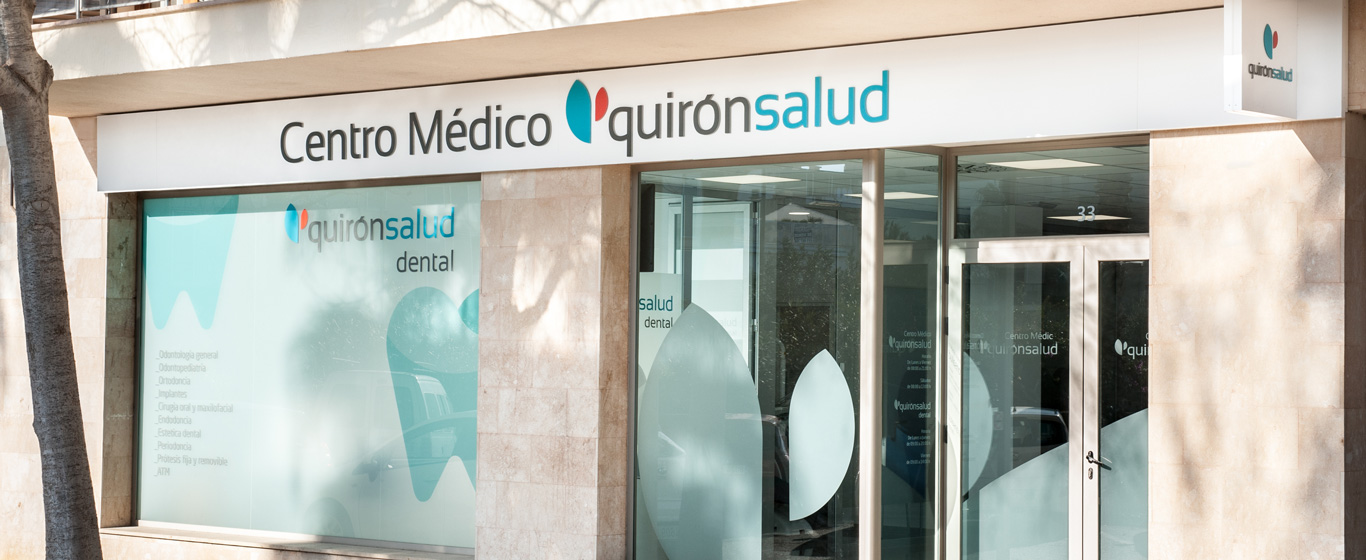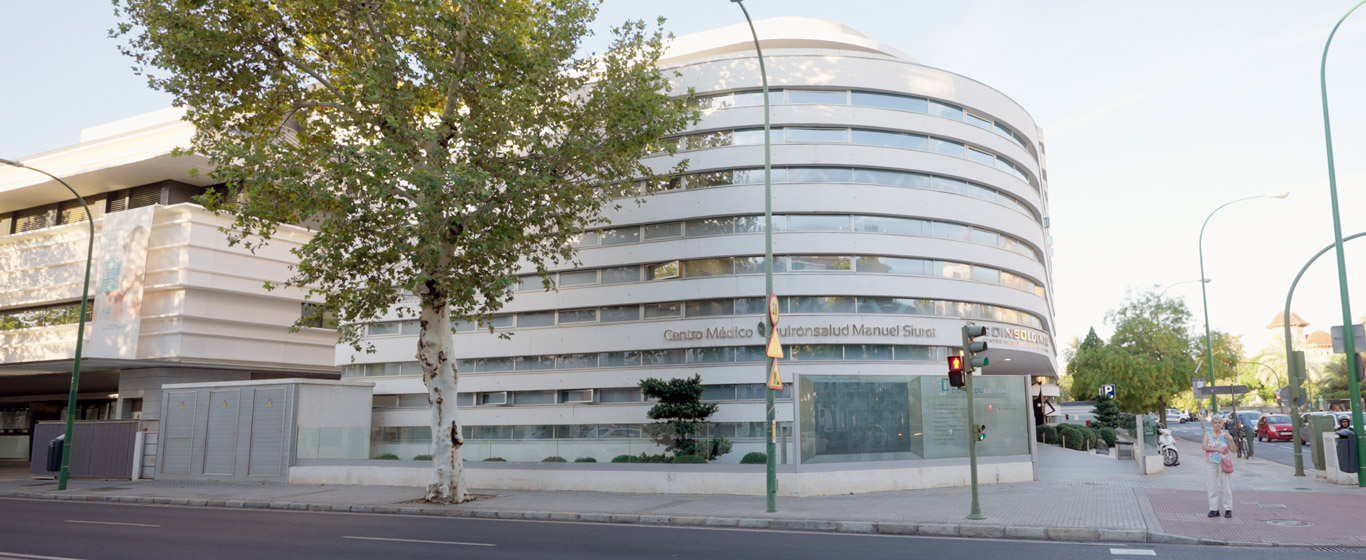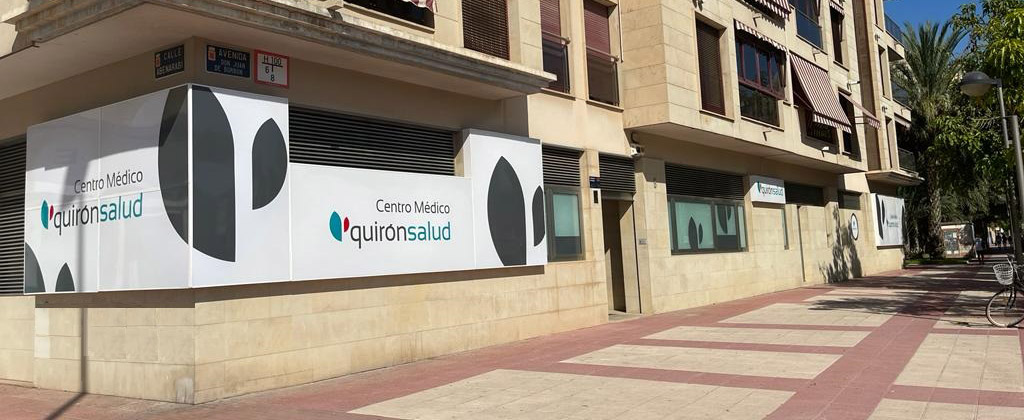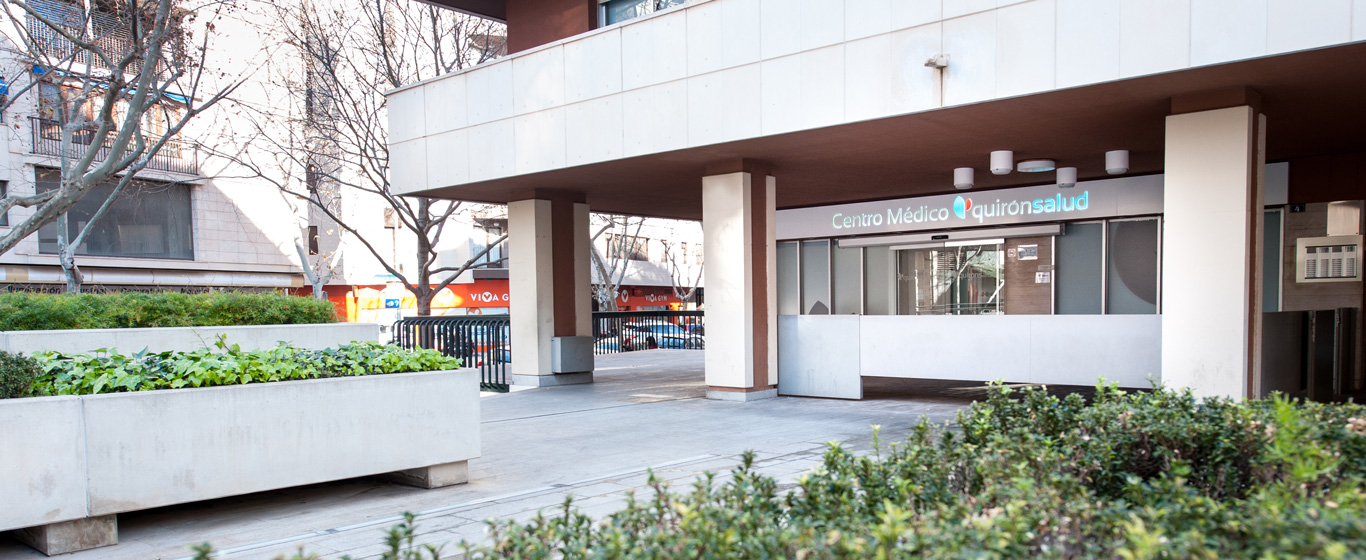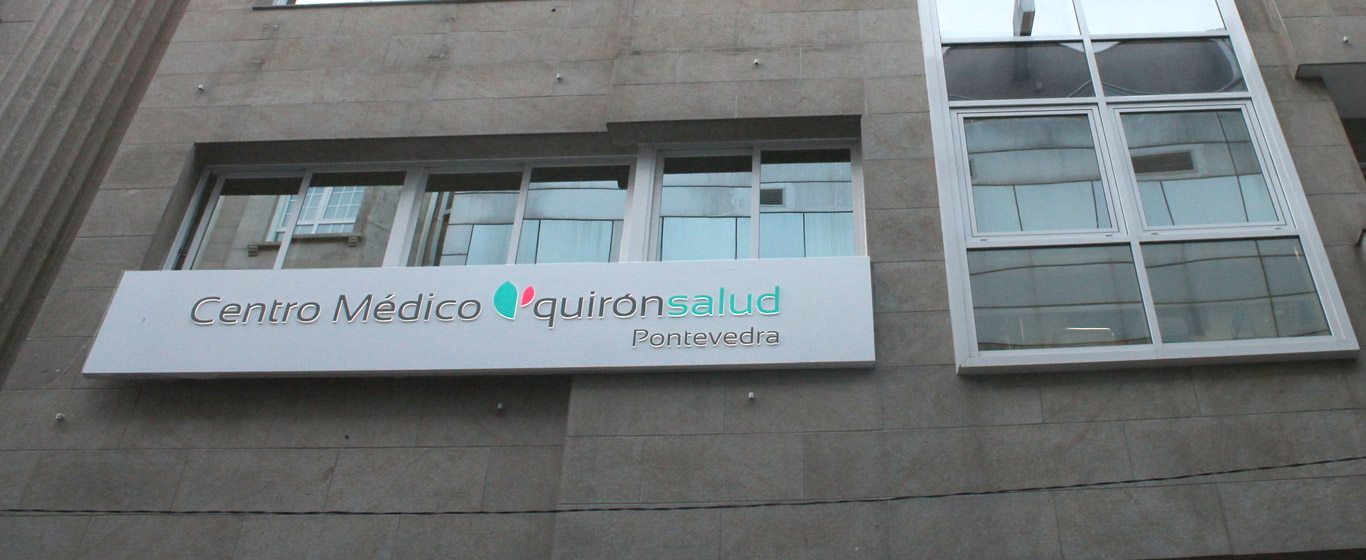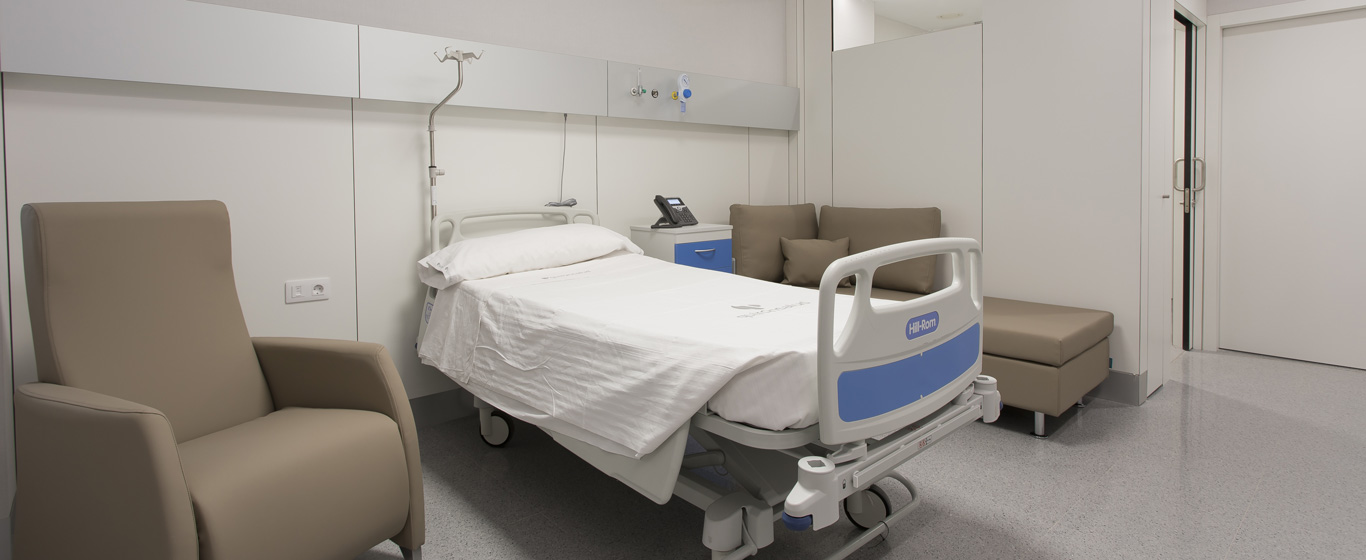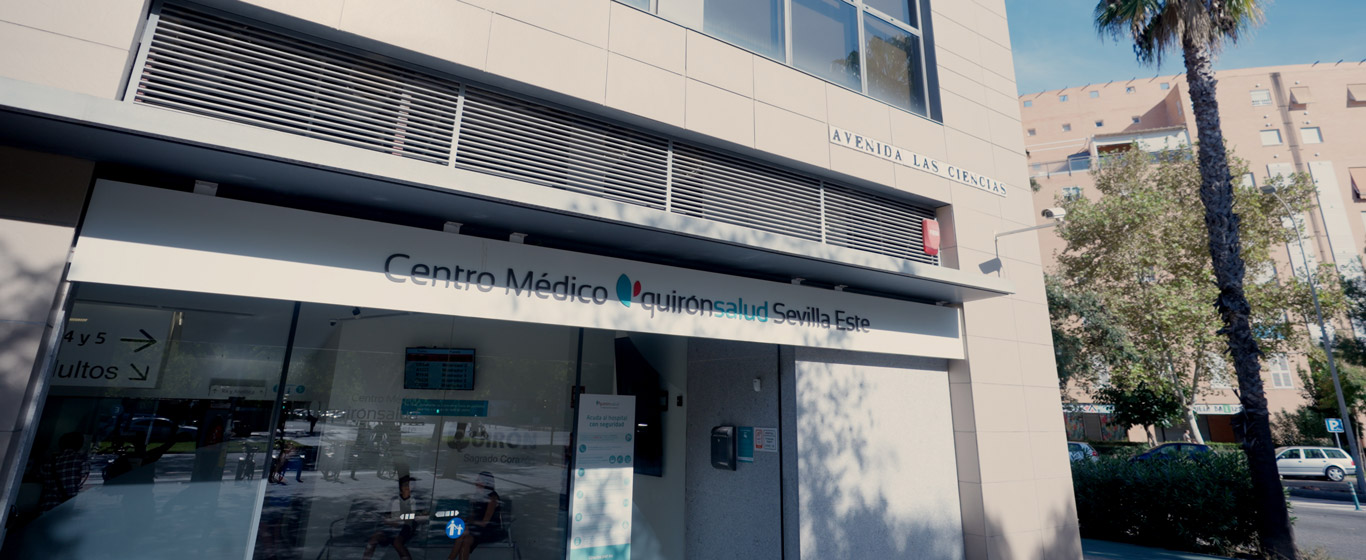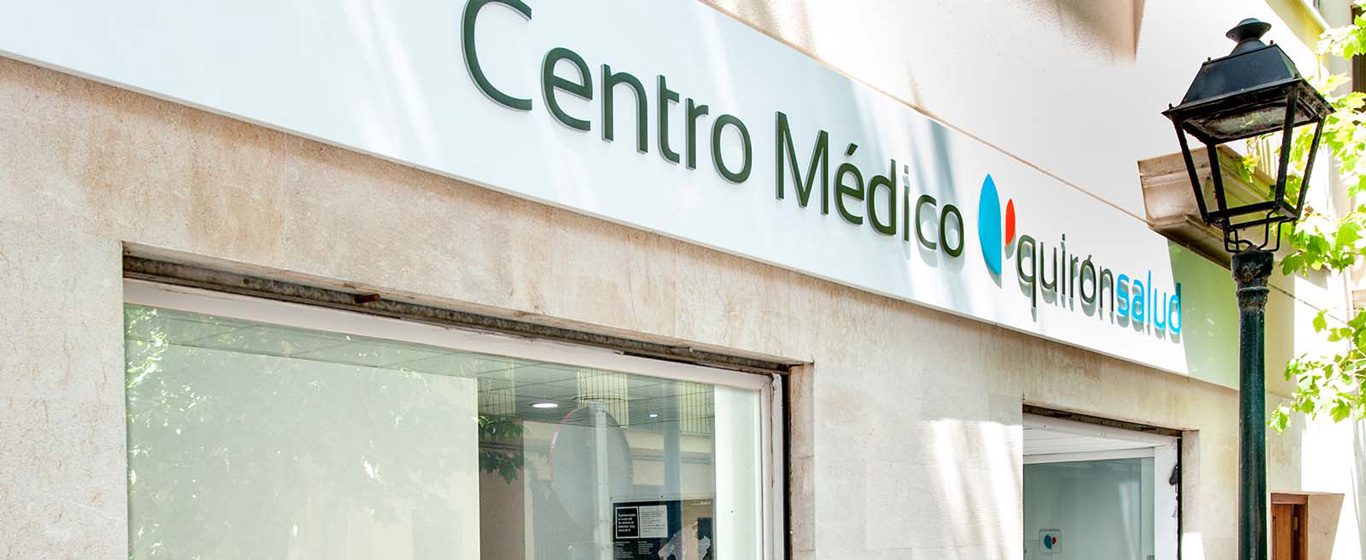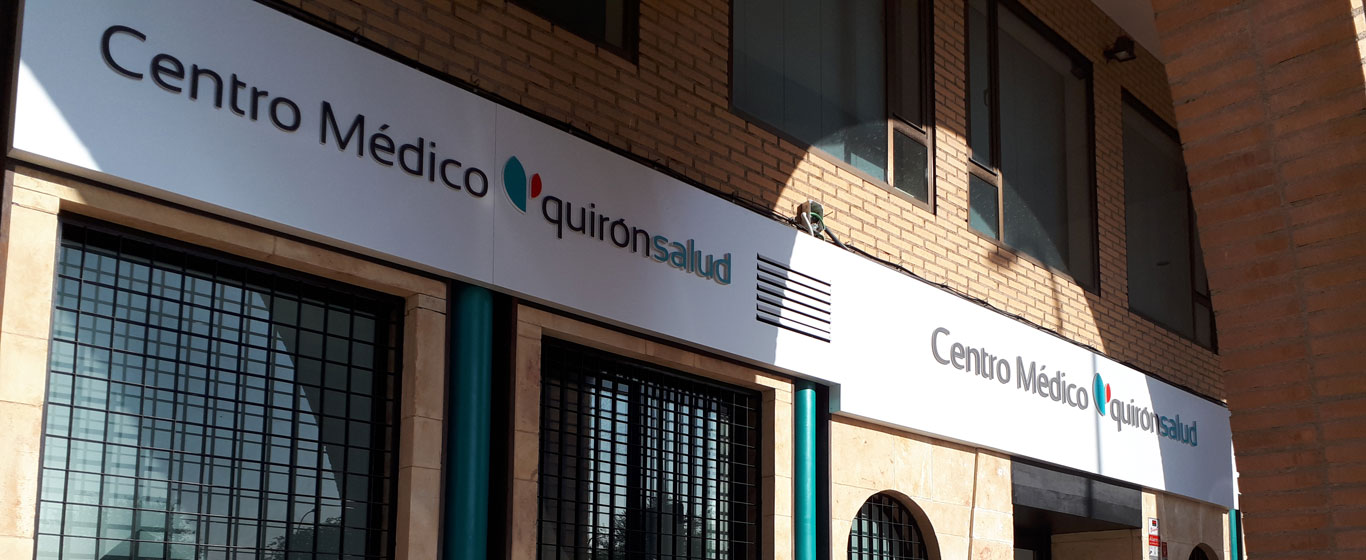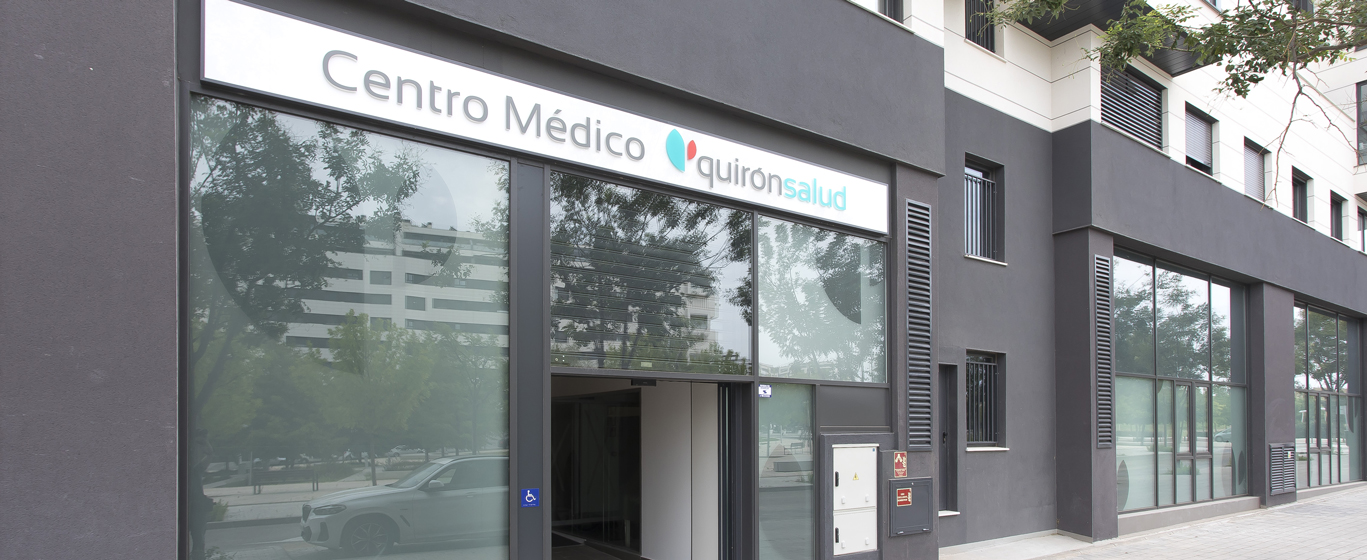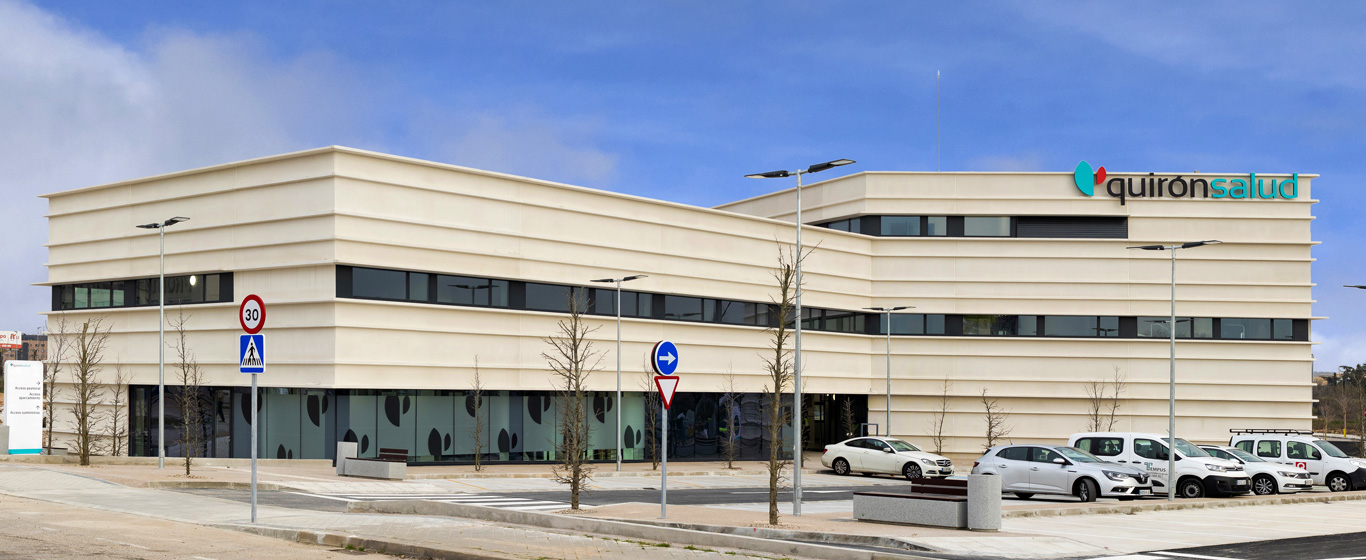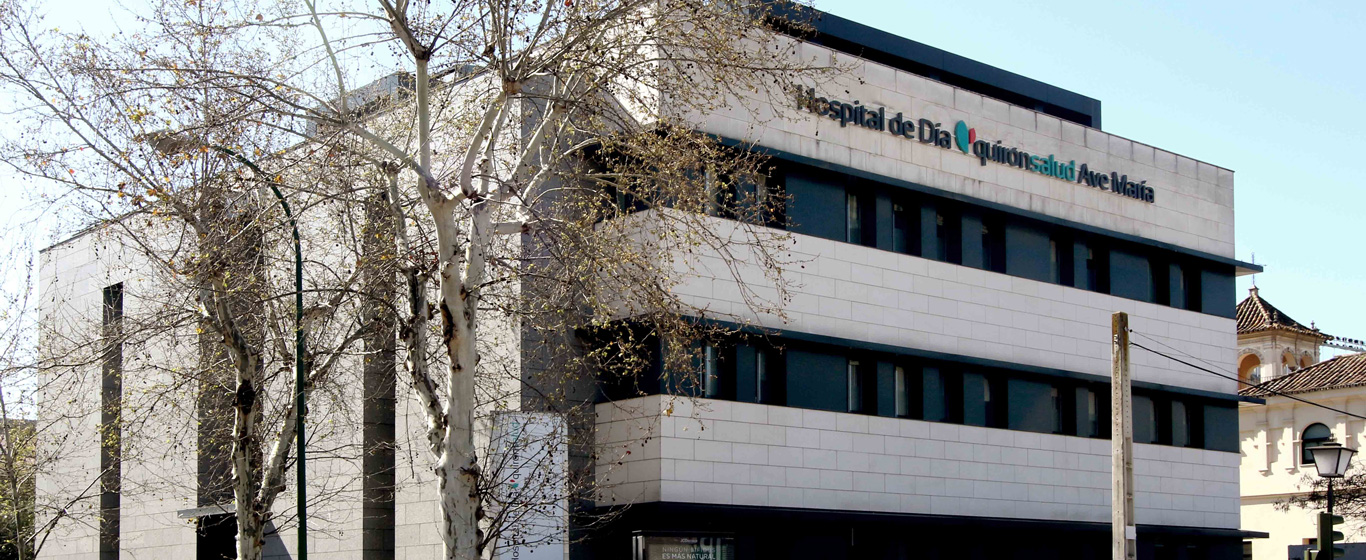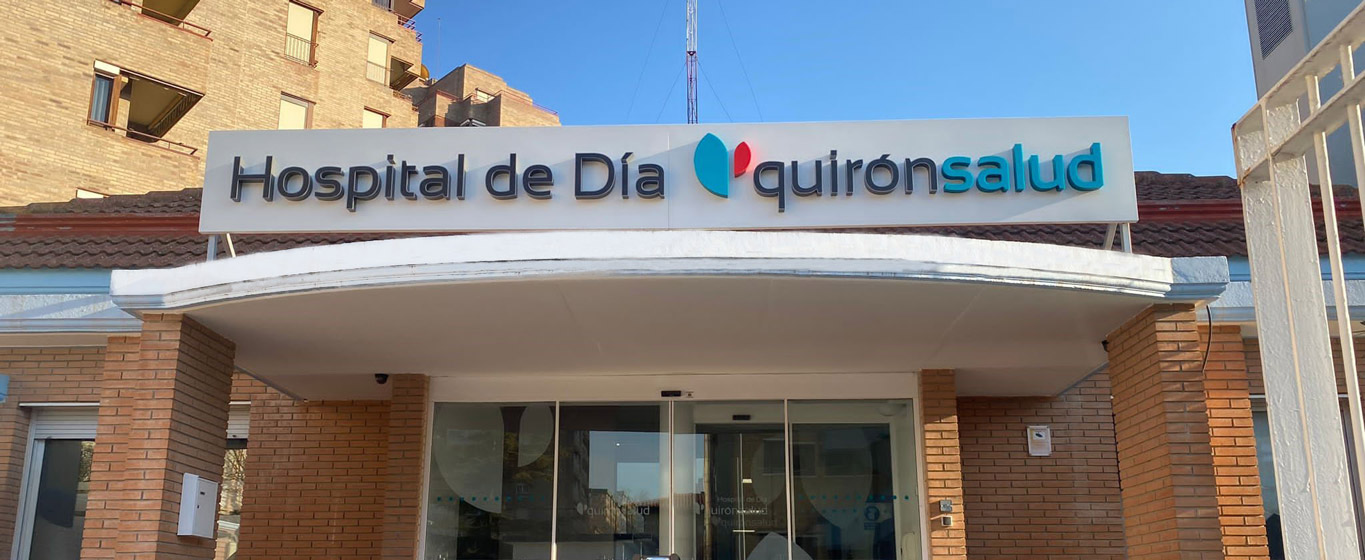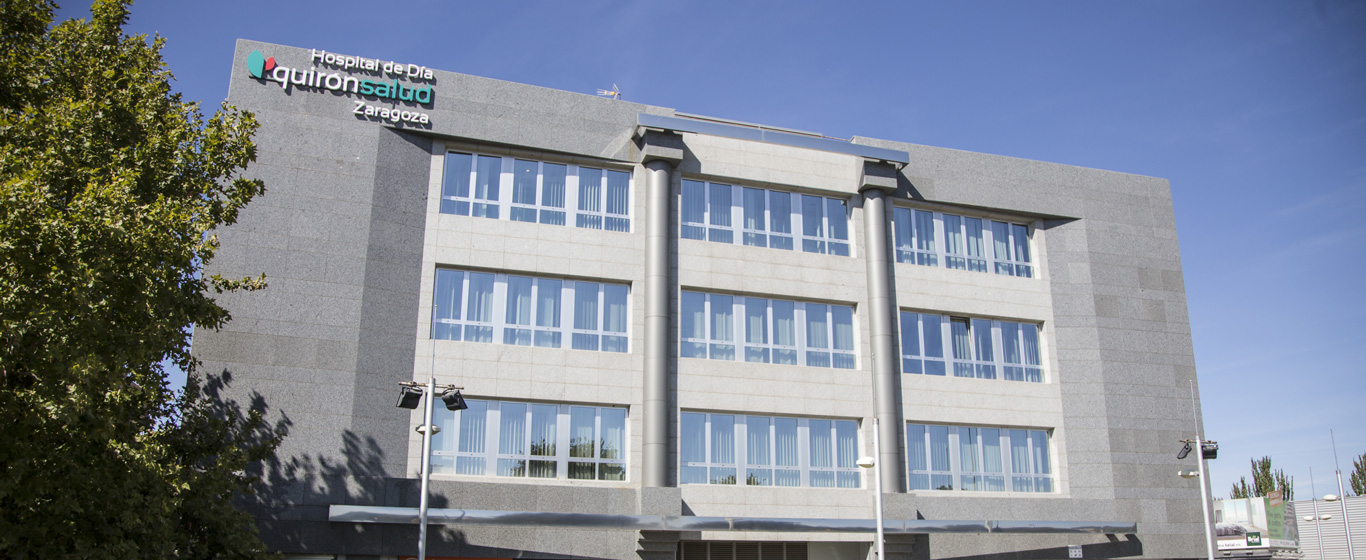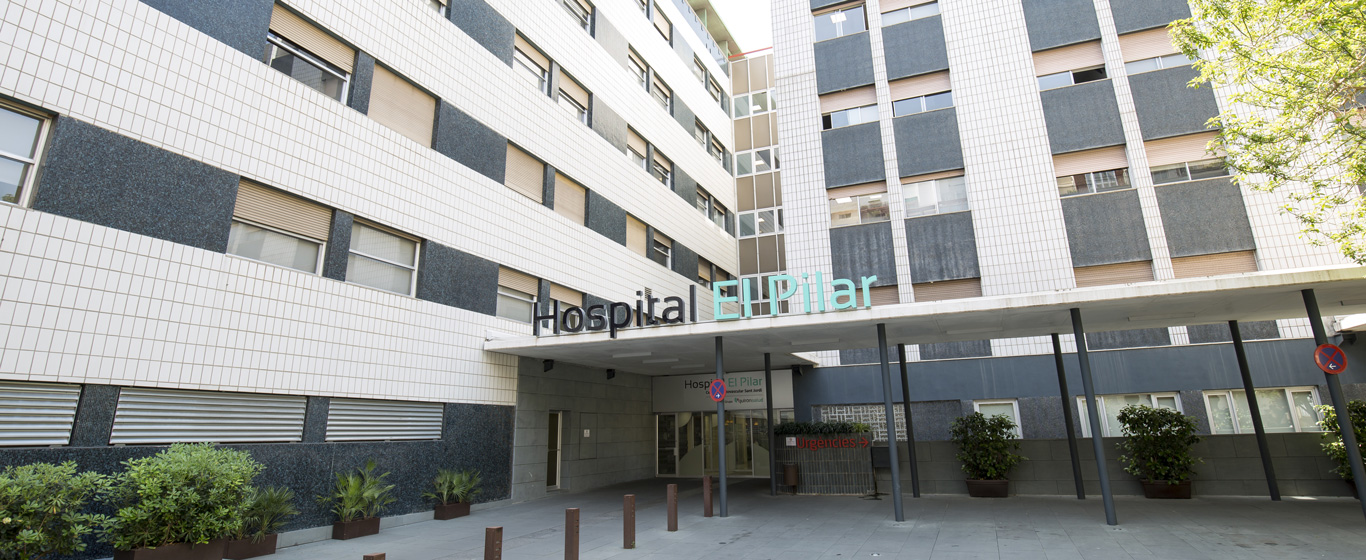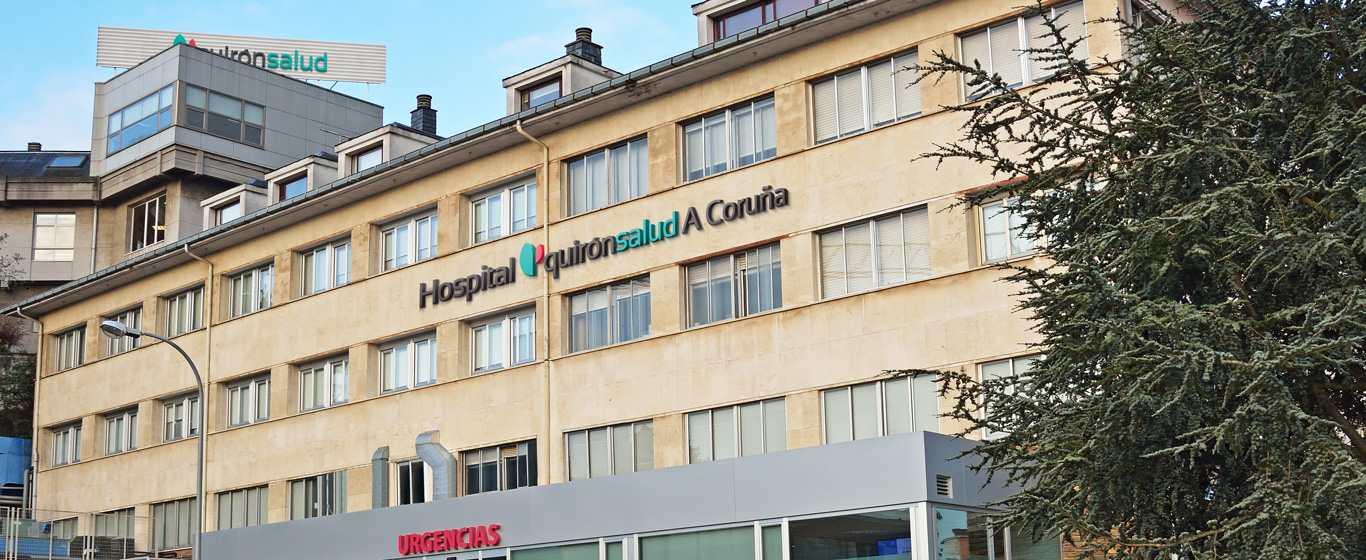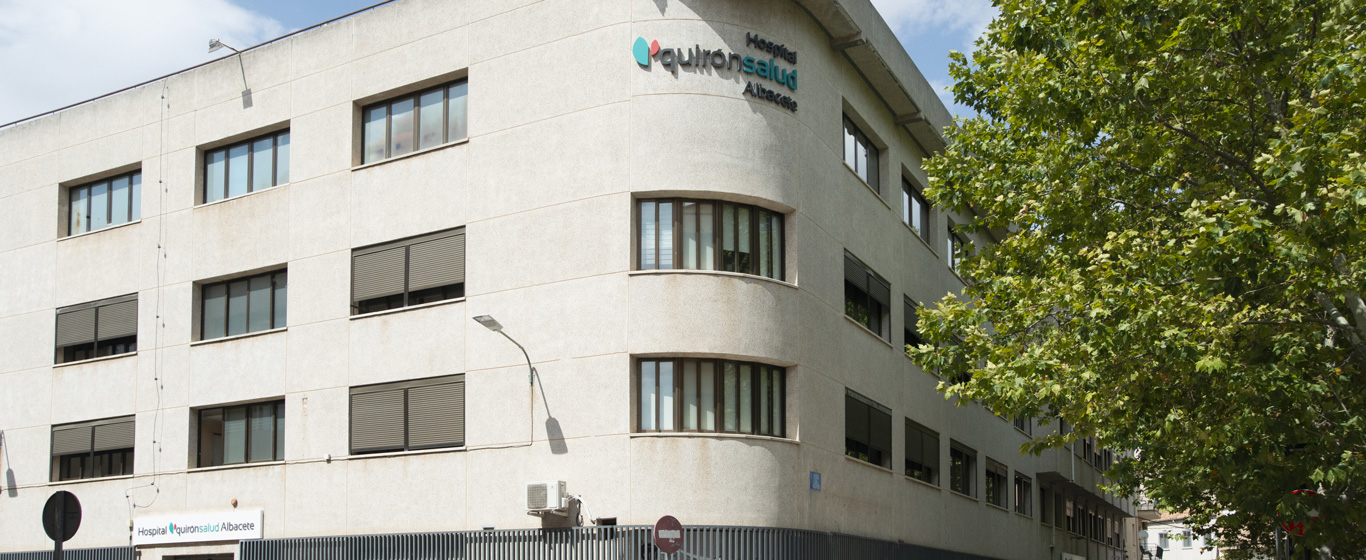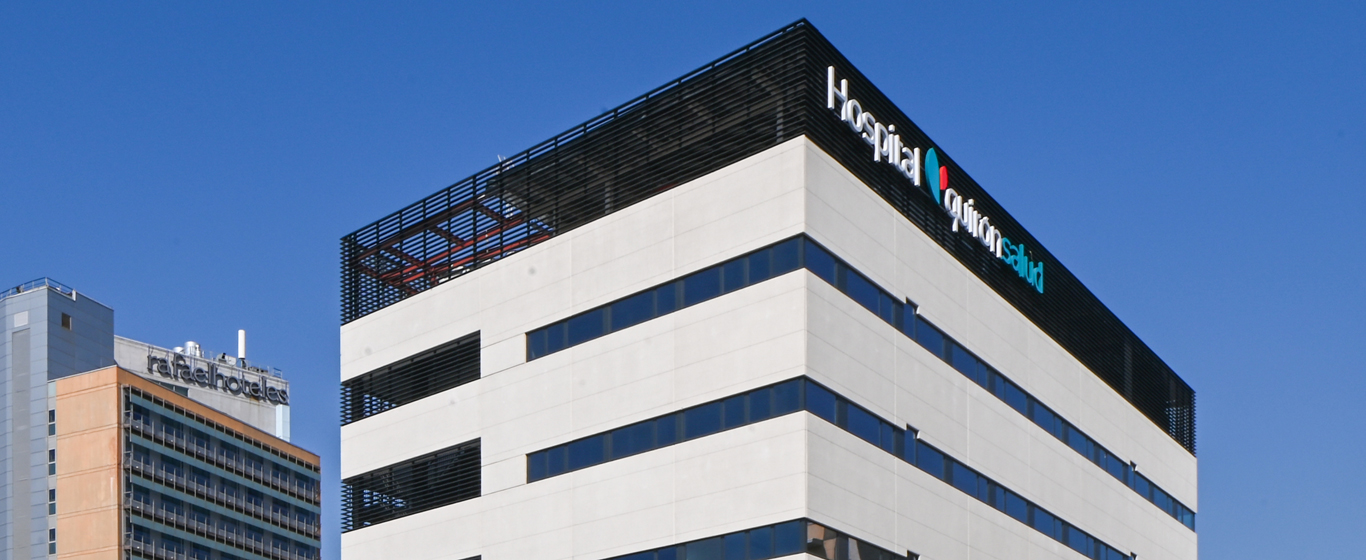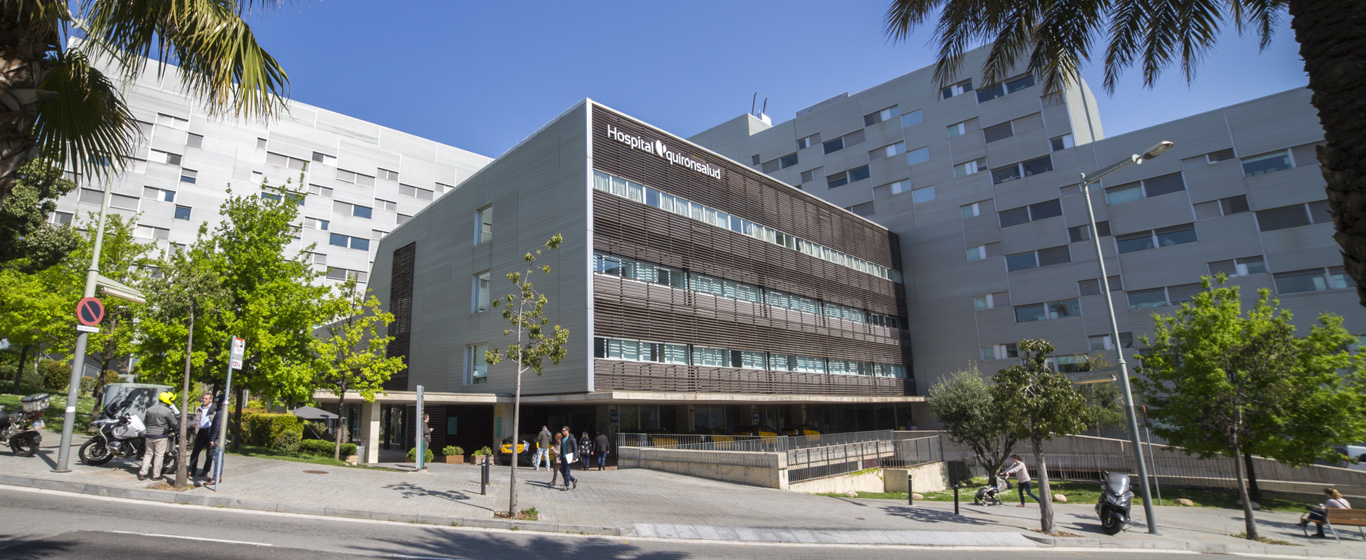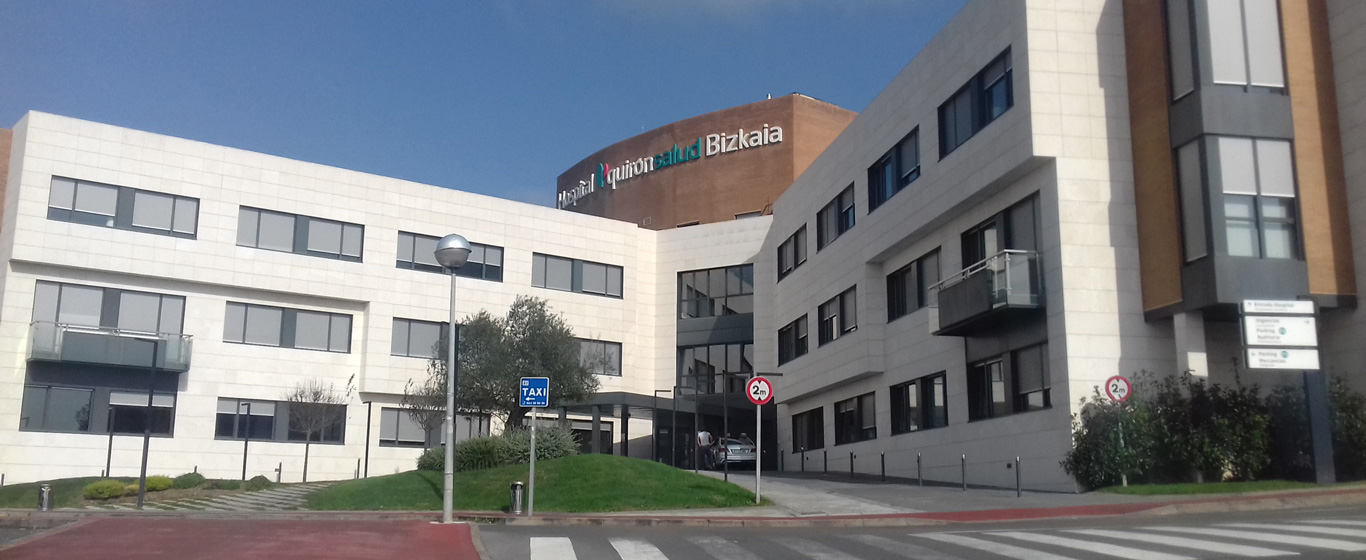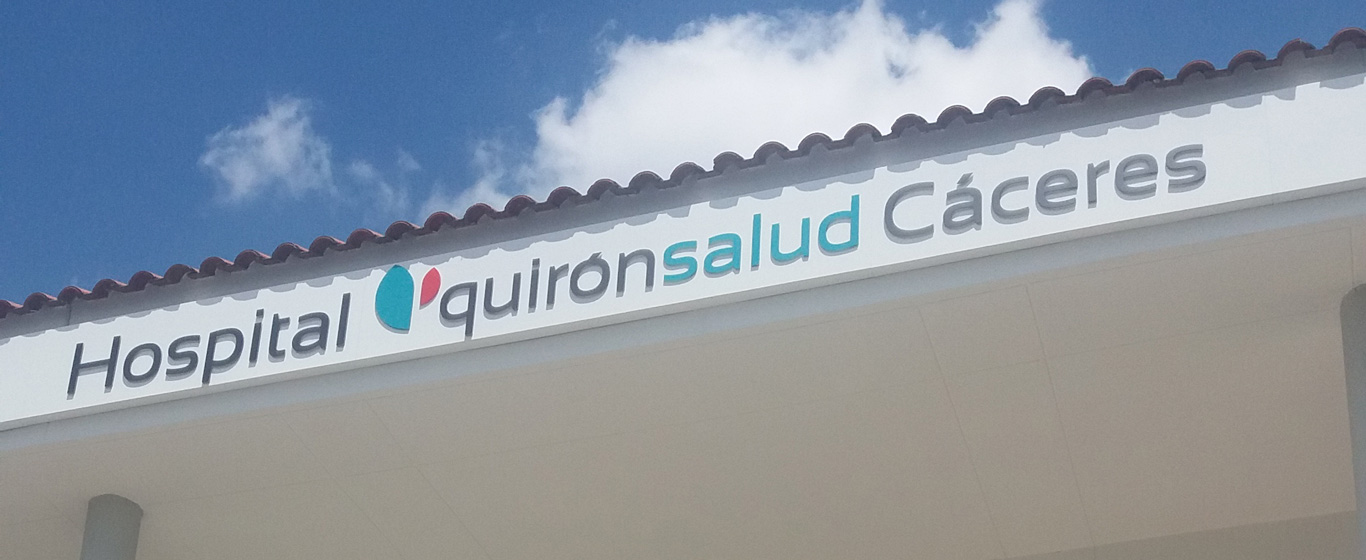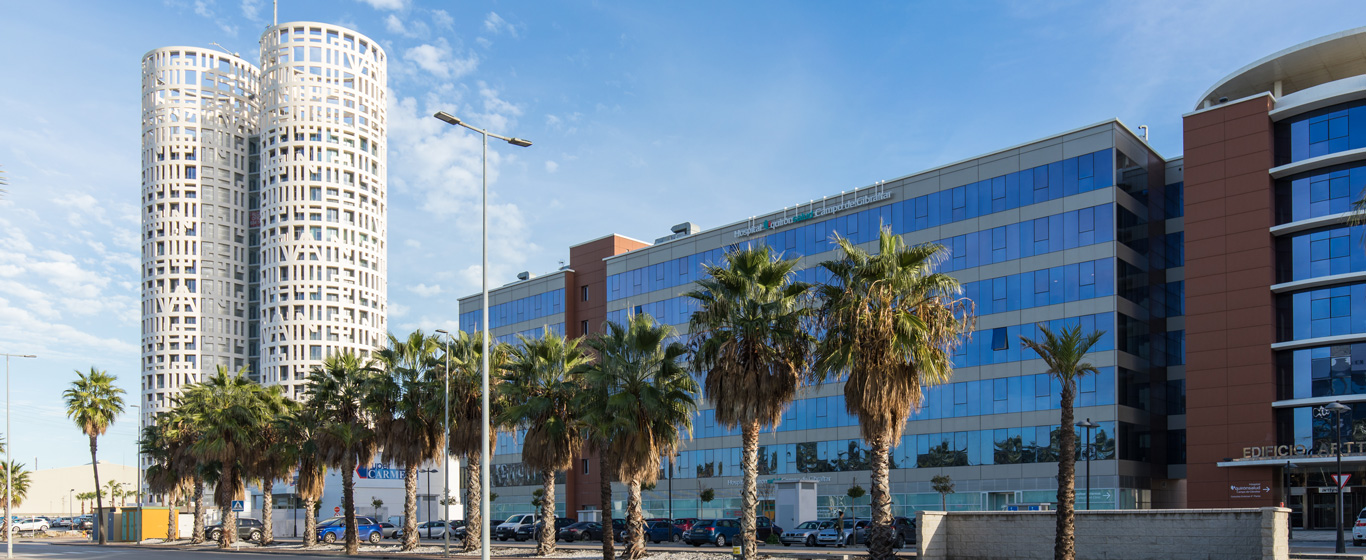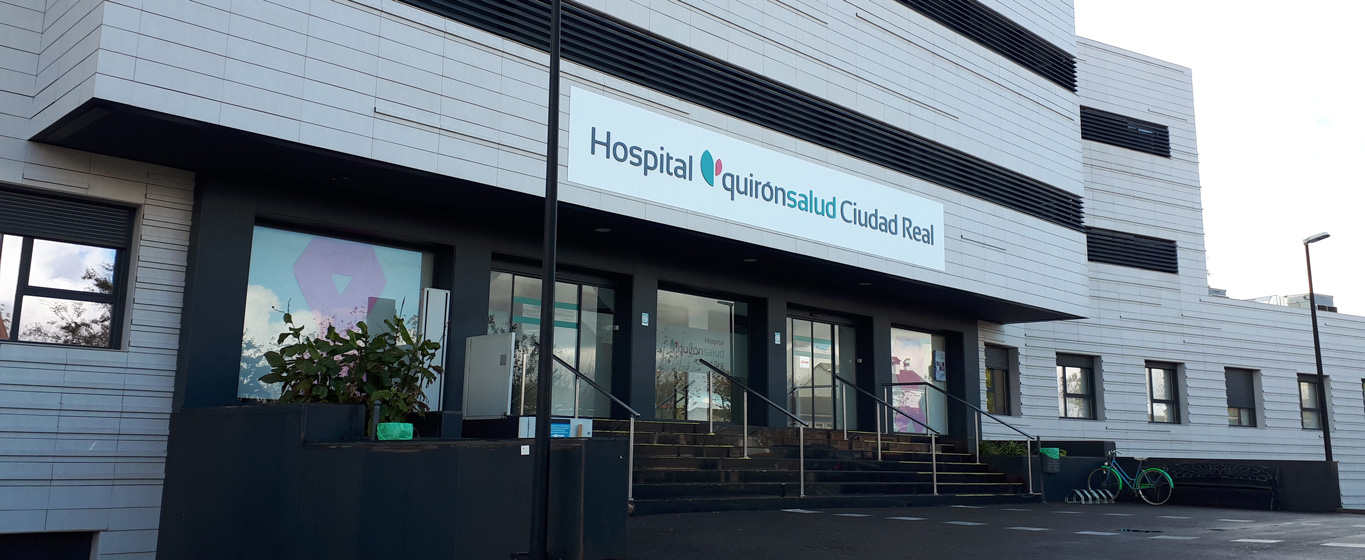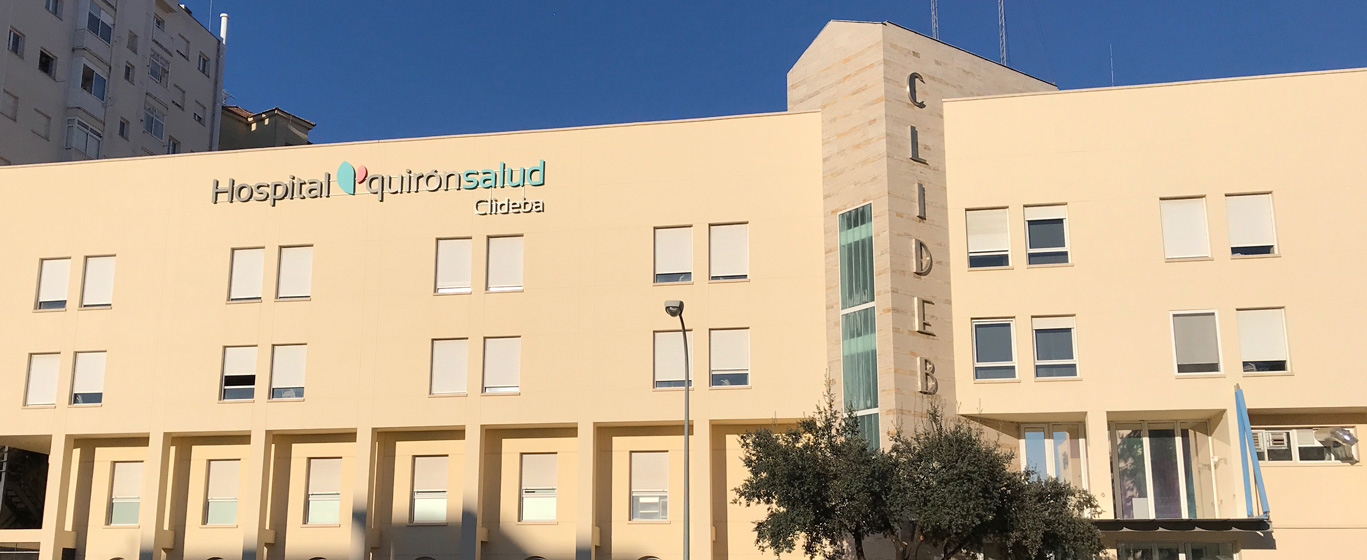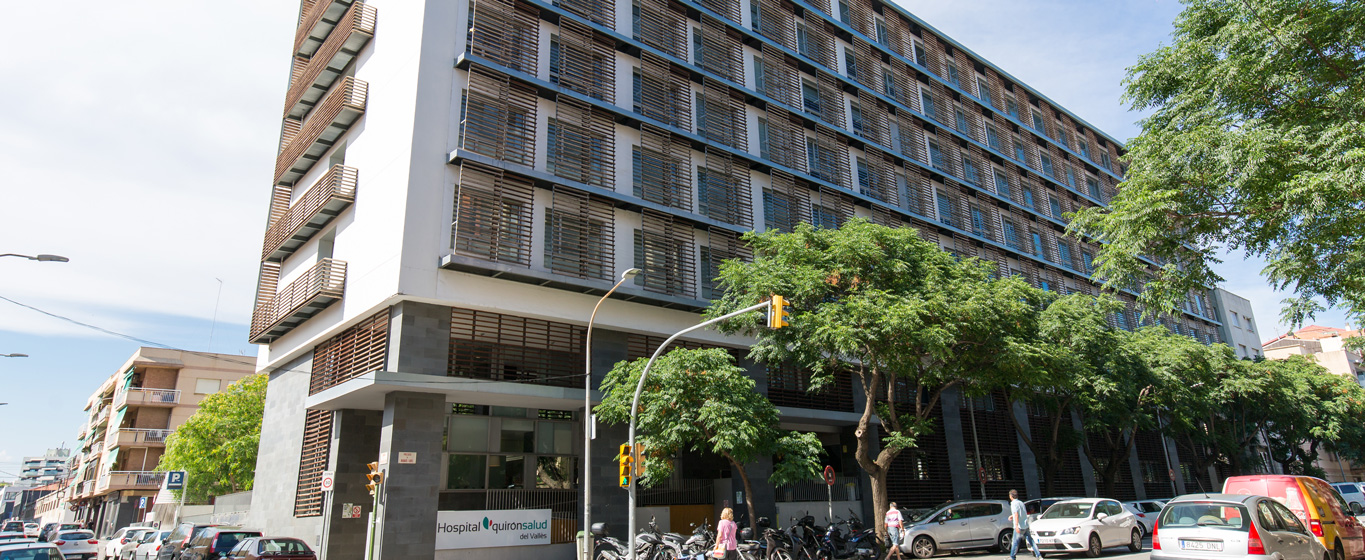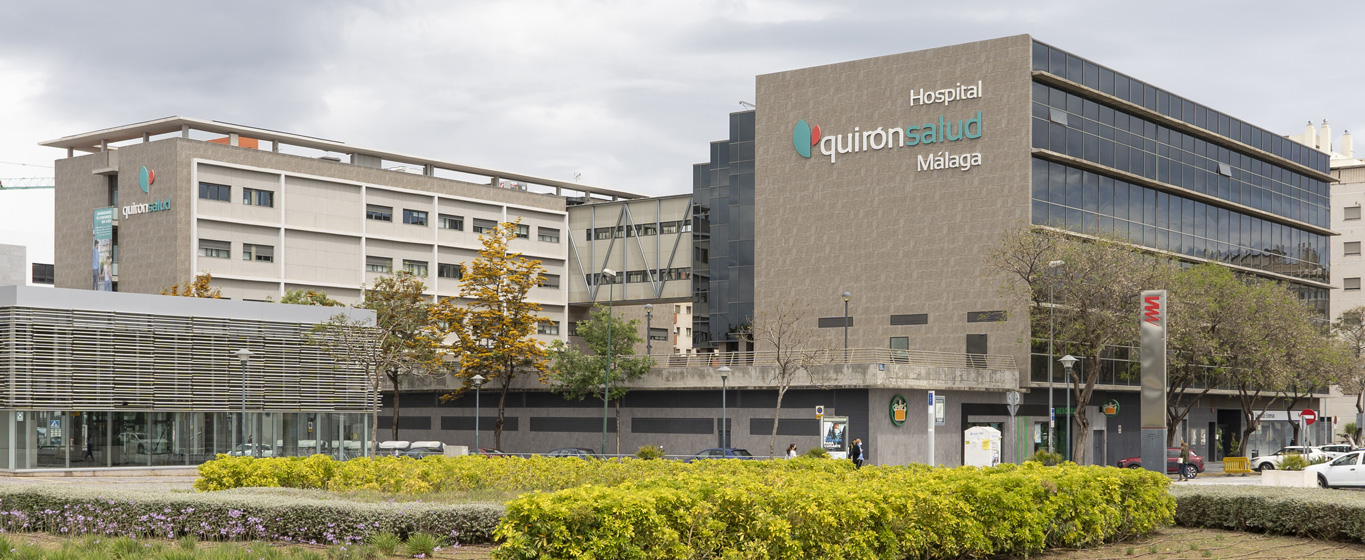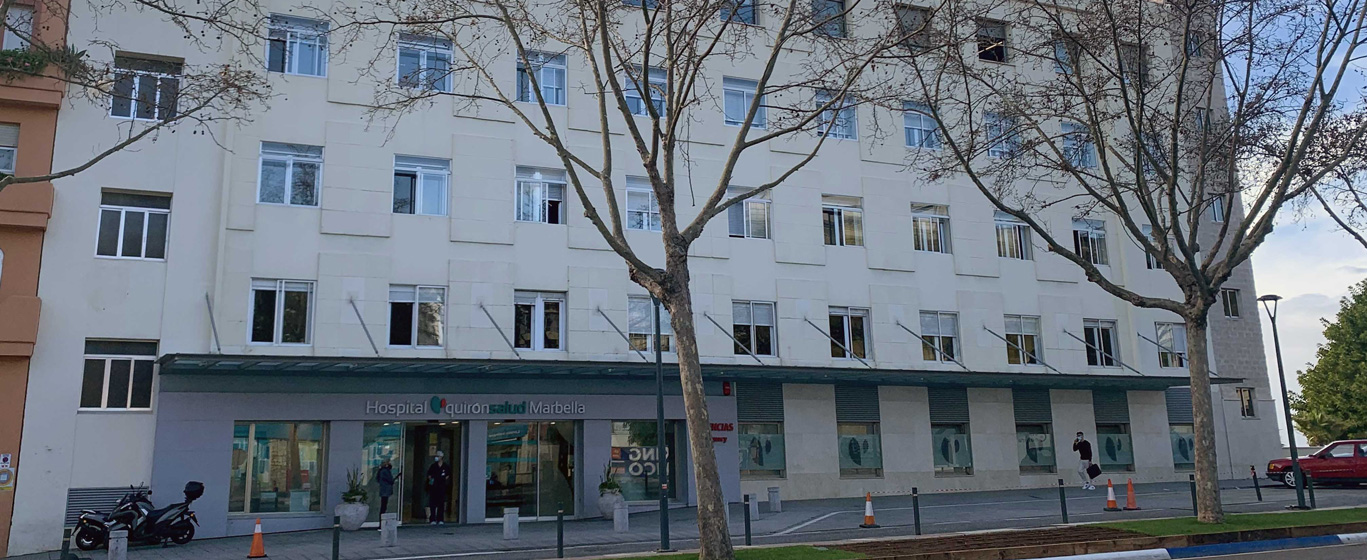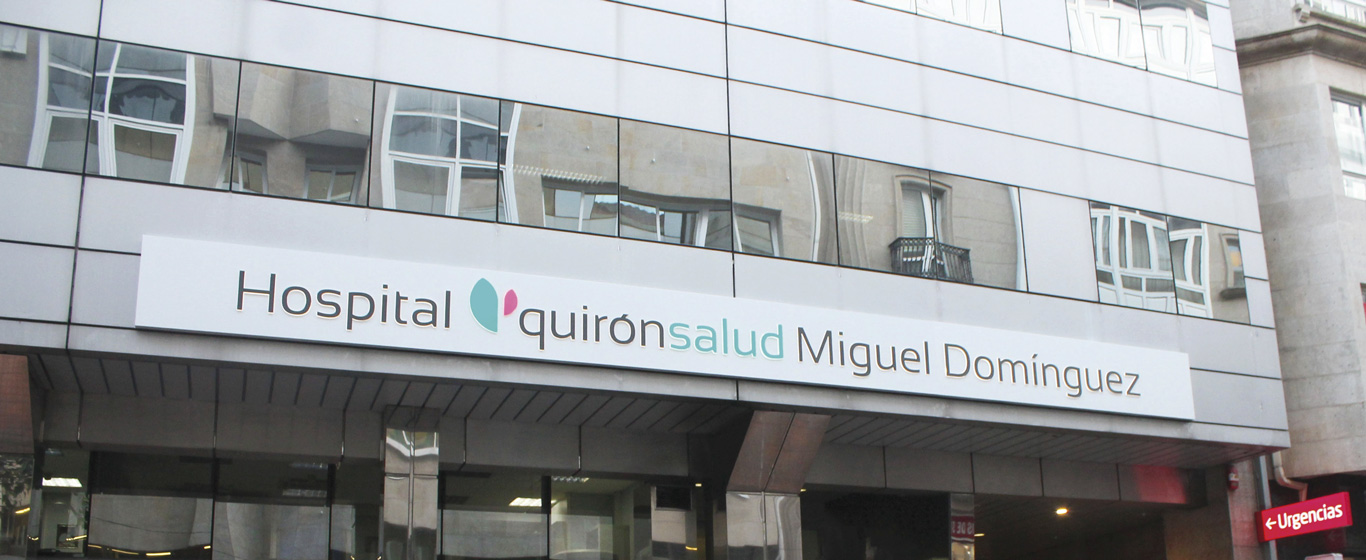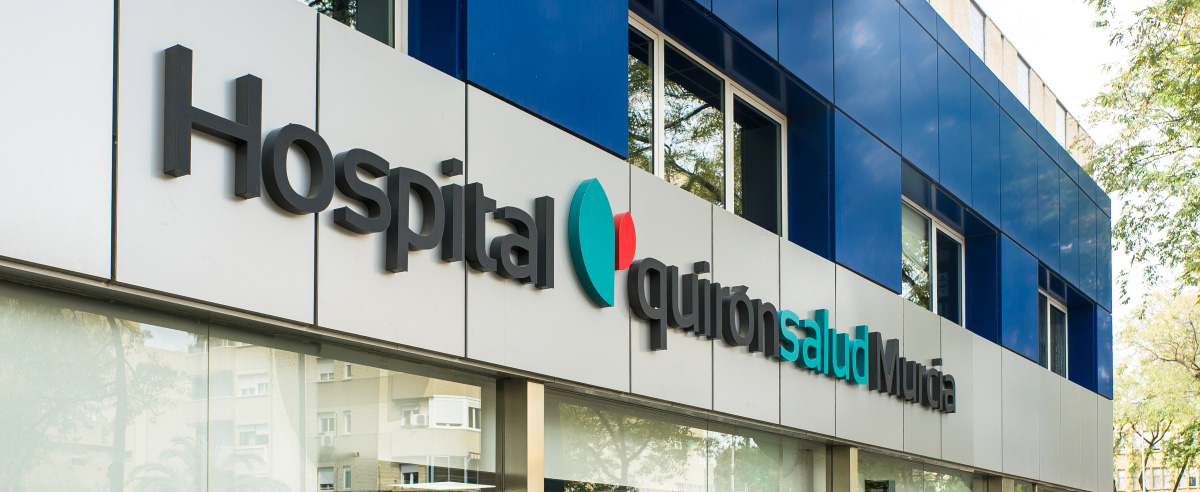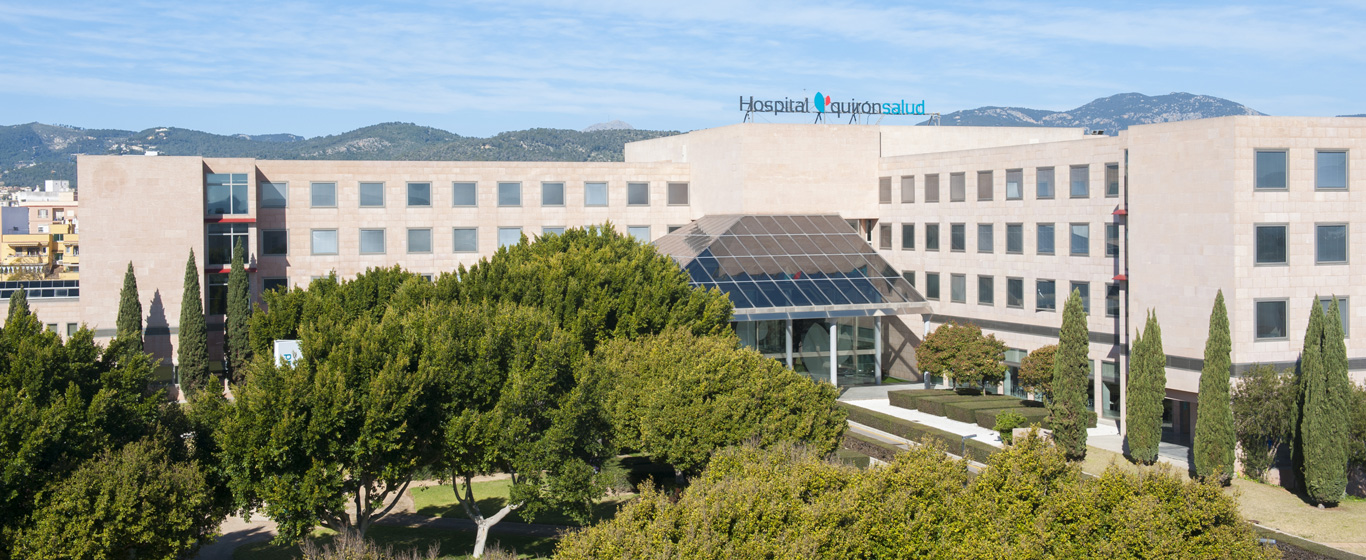Oral and Maxillofacial Surgery
Clear up any of your doubts about oral and maxillofacial surgery: we tell you what it is, what diseases this speciality treats and what the different types of oral, mandible, maxillary and head and neck operations are covered by the speciality. Find the maxillofacial specialist surgeon who can treat your condition and book an appointment at one of our hospitals.
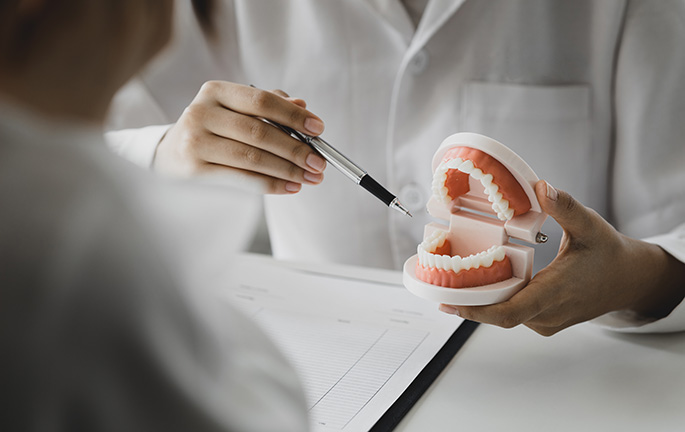
What is oral and maxillofacial surgery?
Oral and maxillofacial surgery is the surgical speciality that deals with the prevention, study, diagnosis, treatment and rehabilitation of the pathology of the mouth, face, neck and the rest of the craniofacial area, as well as the related cervical organs and structures, both at the soft and hard tissue level.
In our medical-surgical units we approach our treatments taking into account both the functionality of the affected organs and the aesthetic component.
What does oral and maxillofacial surgery study?
Oral and maxillofacial surgery focuses on diseases in which the organs forming part of the facial structure play a role, in particular the mouth, teeth, jaws, face, neck, head and skull. Our Quirónsalud surgeons specialise in very specific areas of this branch of medicine in order to reach an accurate diagnosis with the greatest possible precision and offer the most suitable treatment in each case. Some of these are:
- Orthognathic surgery: used to correct deformities and malpositions of the jaws that cause problems with occlusion, facial proportions or jaw articulation, also affecting the condition of the teeth. The treatment is normally coordinated jointly with orthodontists, usually with preliminary preparation and maintenance afterwards.
- Sleep apnea: This disease involves interruptions in breathing during sleep, which leads to non-restorative sleep, with a tendency to daytime sleepiness, and is sometimes associated with a wide range of neurocognitive, respiratory, cardiovascular, metabolic or inflammatory disorders. In some cases, this disorder is due to obstruction of the air passage during sleep, as a consequence of an anatomical-functional alteration of the upper airway, which causes collapse of this space. Consequently, the oxygenation of the blood diminishes, there is a decrease in oxygen saturation and micro-awakenings occur, leading to the aforementioned symptoms.
The general standard treatment for sleep apnoea of this variant of the disease is the continuous positive airway pressure machine, known by the acronym CPAP, which continuously delivers air to the lungs during sleep to try to ensure proper oxygenation of the blood. There are therapeutic alternatives for selected patients, assessed in multidisciplinary units, who do not tolerate or do not want such treatment. Some of them, in which the maxillofacial surgeon plays a key role, are mandibular advancement devices (known as MAD), combined surgery with otorhinolaryngologists of soft and hard parts inside the mouth (pharyngoplasty and genioglossus muscle advancement) or maxillomandibular advancement/orthognathic surgery, all with a view to improving quality of life.
- Dental implantology: implants are placed to replace missing or damaged teeth. Sometimes the reconstruction of the missing teeth is carried out in a single operation, so that the patient leaves the surgery with the teeth in place (immediate loading).
- Oral surgery: focuses on the treatment of pathologies affecting the oral cavity, such as jaw cysts, problems with wisdom teeth or frenulum correction (labial and lingual frenectomy).
- Salivary gland diseases: inflammatory and/or tumoural in nature, sometimes associated with enlargement of the glands, pain, increase or deficit in the amount of saliva (sialorrhoea, xerostomia). Treatment sometimes includes the removal of small stones located in the ducts of the salivary glands by open techniques or by endoscopic procedures (sialoendoscopy). In the case of tumour pathology, removal of the gland is the treatment of choice, either radically or conservatively (with preservation of the facial nerve and other related structures) depending on the stage and type of tumour.
- Head and neck tumours: Tumours affecting this area can arise from many different structures (skin, salivary glands, bones, mucous membranes, orbits, etc.) in a congenital or acquired form. These lesions require multidisciplinary treatment and include, from the surgical perspective, not only the removal of the lesion, but also the reconstruction of the defects created to provide the patient with a better quality of life from a functional and aesthetic point of view.
- Reconstructive surgery: rebuilds structures of the head or neck that have been affected after trauma or tumour removal.
- Facial paralysis: Facial paralysis is a disease that affects the muscles of one or both sides of the face, resulting not only in impaired function but also in significant deformity. The patient receives multidisciplinary treatment for facial paralysis of any cause and time of evolution, from the most complex microsurgical techniques, to reinnervation in the stages of paralysis, static techniques and treatment with botulinum toxin and speech therapy-physiotherapy.
Which patients is it for?
Oral and maxillofacial surgery is aimed at any patients suffering from functional alterations or deformities in the mouth, face or craniofacial structure, in many cases from a multidisciplinary point of view, regardless of the origin of these alterations, with the aim of improving the quality of life of these people.
Techniques, procedures and diagnostic methods
This speciality deals with a complex area from an anatomical point of view, which is why it uses the latest technology to carry out both diagnoses and plan surgical procedures. Oral and maxillofacial surgery has advanced significantly in recent years and allows for procedures to be carried out from inside the mouth, often thanks to planning for each case, which avoids visible scars.
Some of the most widely used diagnostic procedures include:
- Magnetic resonance imaging: a diagnostic imaging technique that can detect tumours or the causes of specific pain. One recent addition has been sialoresonance, which uses the patient’s own saliva as contrast to better locate obstructions in the salivary gland ducts.
- Orthopantomography: panoramic X-ray that provides a 360-degree view of the jaws and the location of the teeth.
- CT: Computerised tomography. Imaging technique of choice for the general diagnosis and staging of lesions and diseases, in many cases tumours of the head and neck. Sometimes also referred to as scan or CAT. At present, software innovations in these devices allow for 3D reconstructions, in some cases with printing of models or cutting guides, which improve the outcome of therapeutic decisions.
- PET-TC: More sophisticated nuclear medicine imaging technique for selected head and neck tumours. Typically used to get an idea of the location of the lesions, with the addition of a metabolic component, which informs on the activity of the lesions.
- Gamma bone scan: Complementary imaging technique that provides specific guidance on bone activity, particularly useful at the level of the jaw.
- Lingual frenectomy: surgical procedure to correct frenulum anomalies. Usually carried out on children and involves removing the frenulum to restore mobility to the tongue and, therefore, improve aesthetics and recover phonetic and chewing function.
Diseases and symptoms
Main pathologies and diseases
The diseases treated by oral and maxillofacial surgery include:
- Temporomandibular joint (TMJ)
- Bruxism
- Oral Surgery:
- Mucositis
- Wisdom teeth and oral surgery (extractions of impacted teeth or due to conditions linked to patients’ diseases)
- Missing teeth and associated procedures (implants, bone grafts, sinus lift, zygomatic implants)
- Peri-implantitis.
- Cysts on gums and teeth
- Maxillary infections and osteonecrosis
- Tumours on the head, inside the mouth (on the gum or bone) and on the neck
- Tumours and inflammation in the salivary glands
- Facial trauma
- Occlusal alterations (in conjunction with orthodontic treatment)
- Sleep apnoea surgery
- Facial paralysis surgery
- Surgery for nasal deformity or respiratory insufficiency (rhinoplasty, septoplasty, turbinectomy)
- Aesthetic facial surgery (including face and neck lift, eyelids, facial cosmetic procedures such as Botox or hyaluronic acid infiltration, otoplasty for protruding ears or sequelae of trauma or tumours, rhinoplasty, removal of Bichat’s ball, mentoplasty, cheek augmentation...).
Related symptoms
The most common symptoms for which people refer to a consultation are:
- Pain in the area near the ear, sometimes accompanied by noises when opening or closing the mouth, or with a feeling of tension in the area, exceptionally, the sensation of not being able to close the mouth.
- Aphthae or mouth ulcers
- Halitosis or bad breath
- Toothache
- Receding gums
- Bleeding, swollen or sore gums
- Dental sensitivity
- Missing teeth
- Wounds or lesions in the mouth
- Sores or other lesions on the tongue
- Lumps on the face, mouth or neck
- Bite alterations (occlusion), with our without associated trauma
- Difficulty breathing through the nose, with or without associated trauma
- Nasal deformity
- Short or long term facial paralysis
- Aesthetic facial surgery
- Swollen gums
About the oral and maxillofacial surgery consultation
We solve any doubts you may have before you see the specialist
During your first consultation, the surgeon will take your medical history, make a note of your personal background and carry out an examination to check your physical condition. If necessary, they will order additional tests to help them make a proper diagnosis.
What should you keep in mind?
Patients refer to oral and maxillofacial surgeons for a wide range of reasons. On the one hand, we advise you to make an appointment when you notice swelling in the face or neck, when you have lesions (ulcers, leukoplakia) or bleeding on the gums inside the mouth lasting more than 15 days, whether or not they are painful, or when you have oral pain or pain in your teeth (in this case after having been seen by the dentist). On the other hand, patients with trauma, tumours or acute or chronic diseases in maxillofacial areas, in some cases of a degenerative nature, are often referred by other specialists.
As mentioned above, there are also patients wishing to correct an aesthetic feature of the face or neck.
What should I take to the appointment?
In addition to a list of all the questions you want to ask the surgeon, we recommend that you make a note of any symptoms you may have noticed or previous pathologies and the results of tests that have already been carried out at other centers.
You may receive a questionnaire a few days before your appointment asking about your medical history, usual medication and other specific questions that will allow us to anticipate certain aspects of your consultation, helping us expedite your treatment and offer you a more personalised care. To do this, we recommend that you download the free Quirónsalud Patient Portal application, which will facilitate communication with your healthcare team.

If you have any further questions, please contact us through the Patient Services telephone number: 900 301 013





